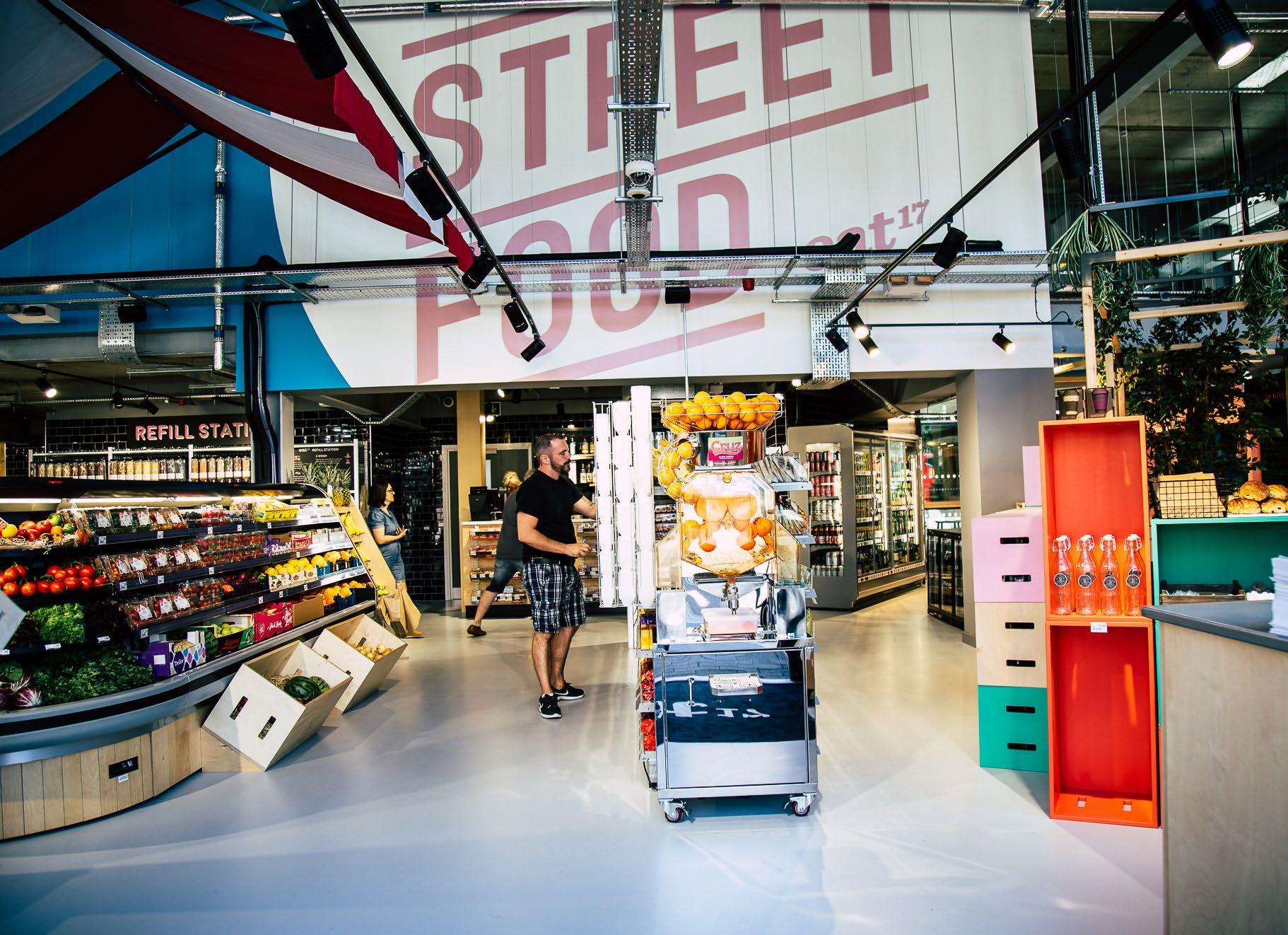
5 minute read
LEARNING FROM CHINA
INSIGHT
HOW CHINESE COMPANIES ARE REIMAGINING THE POST- CORONAVIRUS WORLD
A NEW MCKINSEY REPORT EXAMINES HOW COMPANIES IN CHINA THAT ACTED SWIFTLY ANDDECISIVELY ARE MORE LIKELY TO EMERGE STRONGER OUT OF THE CORONAVIRUS CRISIS WITH SOMEVALUABLE LESSONS FOR UK RETAILERS, SUPPLIERS AND WHOLESALERS.
As the first nation to suffer a coronavirus outbreak, China is also further along the recovery curve than most countries. What can the convenience channel in the UK learn from the Chinese experience to help accelerate our own recovery? A new report from management consultancy McKinsey offers some insight into how Chinese companies have reimagined the future beyond Covid-19 and highlighted 30 specific ways Chinese businesses have responded.
The report argues that companies that responded promptly and decisively during the pandemic could emerge stronger afterwards and far more capable of weathering any further crises that happen down the line.
The report notes that the Chinese economy was severely affected by the onset of the pandemic with official statistics declaring first-quarter yearon-year GDP growth at negative 6.8%. However, the report goes on to highlight how “leading companies across sectors responded swiftly with a range of measures aimed at protecting their employees’ health and safety, and engaged in creative ways to protect their business. Well before the outbreak subsided and lockdowns were lifted, they worked hard to find ways to reactivate business activities, identify new platforms for growth, and position themselves to survive the crisis—and thrive beyond it. Some firms doubled sales during the crisis, while others acquired tens of millions of new customers.“
To understand what these companies did, McKinsey conducted a study of more than 200 examples of initiatives taken by companies from across 15 industries in China. The result was a 30-strong list of the key factors in not only surviving the crisis but emerging stronger out the back end.
The report identifies five major macroeconomic trends: digitisation, declining global exposure, rising competitive intensity, maturing consumers, and the stepping up of the role of the private and social sectors.
On the other hand, however, the report also notes that companies that were slow to respond or which responded with ineffective measures were more likely to suffer a bigger hit to their business. Examples given include department stores that failed to make the shift to digital channels while their online competitors experienced a rapid expansion on the back of demand for contactless commerce.

Another finding that appears relevant to the convenience retailing channel is the fate of companies that, faced with immense pressure on their business, opted for short-term solutions that backfired (salary cuts without proper communications that destroyed staff morale and were leaked to the public), and price increases aimed at recouping revenue losses, but which ended up disappointing customers and turning them away.
As the report rightly points out, the experience of companies in China could provide a point of reference for companies elsewhere in the world that are grappling with the same disruptions to their business, and thinking through similar challenges to reactivating their operations and planning for the future.
FAST-FORWARD TREND 1: DIGITISATION
Digitisation went from being a widely used buzzword in China before coronavirus to become a key survival strategy for many businesses. Companies pursued a variety of digitaltransformation initiatives, including digitisation of product offerings, customer engagement, and operations, as well as rolling out new digitallyenabled working arrangements such as work-from-home and remote meetings, sharing staff with other organisations, and redeploying talent to keep them employed, productive, and safe.
FAST-FORWARD TREND 2: DECLINING GLOBAL EXPOSURE
China’s engagement with the rest of the world has long been undergoing a fundamental shift and its exposure to the rest of the world has declined over the past decade – while the world’s exposure to China has increased on a relative basis. The crisis accelerated this trend with many companies doubling down on their China supply chain while others diversified their risk outside of China.
FAST-FORWARD TREND 3: RISING COMPETITIVE INTENSITY
China has long had exceptional levels of industry competition but the substantial decline in demand and the lockdown that gripped the nation between February and April notably increased its intensity. While some companies suffered from the drop in demand and the disruption of supply chains, other companies used this period to reposition themselves as even stronger players both during the crisis and beyond. Some firms turned the downtime into a platform for renewal and growth through refitting core assets and training employees, while others adopted bold strategic moves aimed at shifting their competitive position, experimenting with new technology, and exploring M&A.
FAST-FORWARD TREND 4: CONSUMERS COME OF AGE
China’s gradual shift toward a consumptiondriven economy over the past decade, in tandem with the vast expansion of the middle class and the evolution of consumer behaviour and attitudes, has been accelerated by coronavirus. Companies in China pursued several initiatives to engage and adapt to the consumer during the crisis: some firms doubled-down on serving customers, implementing creative marketing tactics to stimulate demand and acquire new customers while making sure they were retaining their most loyal customers. Others redesigned their product and service offerings and changed their business models to meet the needs of current as well as future customers.

FAST-FORWARD TREND 5: PRIVATE AND SOCIAL SECTORS STEP UP
While the state sector continued to play an important role in handling the crisis, the private and social sectors expanded their roles in addressing the crisis. As employers of a large number of people with access to enormous resources, privately-owned firms pursued a range of initiatives that were essential in protecting employees, their customers, and the community at large. The private sector, along with social sector institutions such as non-profit organisations, also worked hand-in-hand with public sector institutions to support initiatives aimed at protecting public health and maintaining employment.
CONCLUSION
The report concludes: “Companies in China have proven remarkably resilient throughout the crisis. In the immediate aftermath of the crisis, scores of companies across sectors have worked hard to recover lost business, while keeping an eye trained on the future. While some firms may never fully recover from the impact of the crisis, several are, surprisingly, emerging stronger than ever. Perhaps, as the rest of the world gradually reopens and resumes work, the experience of companies in China could prove as a useful reference point for companies elsewhere.”








